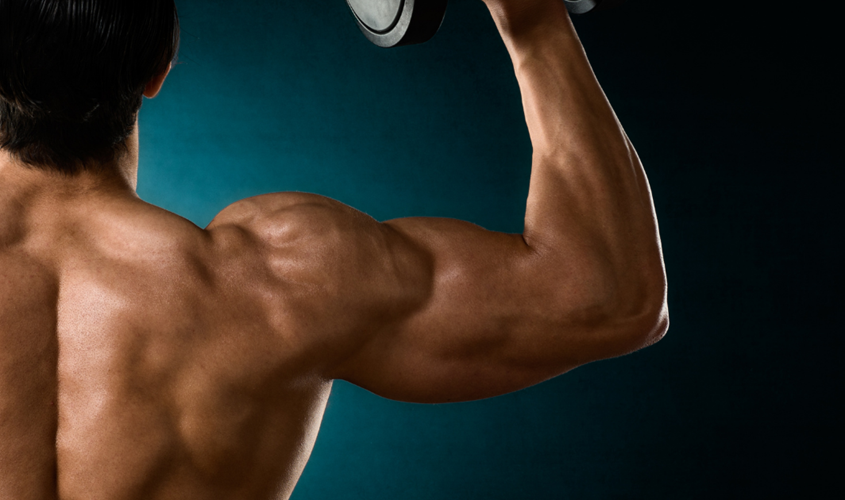The Oh So Important Rotator Cuff
Published: 31 July 2024

What is the Rotator Cuff?
The rotator cuff is a group of 4 muscles that more or less surround your shoulder providing stability and also allow for a great deal of movement. This includes the muscles:
- supraspinatus
- infraspinatus
- teres minor
- subscapularis
A helpful way to remember this (you physio students) is the pneumonic “SITS”
The Biomechanics
The 4 muscles of the rotator cuff originate at various points of the scapula (shoulder blade) and attach into the capsule of the shoulder and various points of the humerus (your upper arm bone). And together they act to pull the ball of the humerus into the socket of the shoulder (see the pic).

The muscles also work together to assist with rotation inwards and outwards of the shoulder, and bringing the arm to your side. However there main role is the important role of stability
What Can Go Wrong?
Well… The shoulder joint is a complex one with many muscles working to provide a large range of movement. There are many structures that assist the cuff in providing stability including the joint capsule, labrum of the shoulder and long head of biceps to name a few.
And with this complexity of movement and stability leads to quite a few possible issues:
- rotator cuff strains/ tears - injuries to the muscle or tendon of the rotator cuff, often from high force overhead movements or falls
- rotator cuff tendinopathies - an overuse issue where the tendon structure changes resulting in sensitivity of the tendon
- long head of biceps tendinopathy - an overuse of the biceps tendon which sits on the front of your shoulder, which may be caused by weakness in the cuff (and so the long head of biceps has to work harder)
- bursitis - irritation of a number of areas of the shoulder called bursae that reduce friction of different structure (often secondary to tendinopathy or from a fall)
Often an umbrella term of rotator cuff related pains is used to describe these pains. But it is important to realise there are many other pathologies of the shoulder, not related to the shoulder!
Well… How Do We Treat Rotator Cuff Related Pains?
The presentation of these pains can vary widely, so it’s challenging to be too specific. But no matter how someone presents it is likely we may adopt these to assist in recovery:
- load management - finding out how much activity the shoulder can tolerate without too much pain, and helping plan activity around this
- isometric based exercises - prolonged holds with lower loads usually provided by resistance bands which we often use for more painful and irritable shoulder
- exercises that target a painful range - we will find movements or positions that are sore and use exercises that gradually help to shoulder get used to these uncomfortable positions
- strengthening exercises for the rotator cuff - strengthening exercises to gradually load the rotator cuff to improve pain and load tolerance
- sport/ activity specific exercise - based on the person’s goals and hobbies we will utilise exercises that help the person return to their previous activity (eg if a weight lifter cannot bench press, we will find a more comfortable alternative)
- explosive/ plyometric drills - these are faster movements aimed around building power/ absorbing force in the shoulder, plyometric press ups and medicine/ slam ball drills are examples we frequently use
Rotator cuff related pains do generally rehab very well with physiotherapy, and don’t commonly require surgeries. But it is important to consider that they often take 3 months or longer of consistent rehabilitation. So if you have a rotator cuff related pain try to be patient and consistent with the rehab, which is sometimes easier said than done…
* if you have been experiencing shoulder pain we encourage you to seek assessment from a trained physiotherapist - we would be more than happy to help